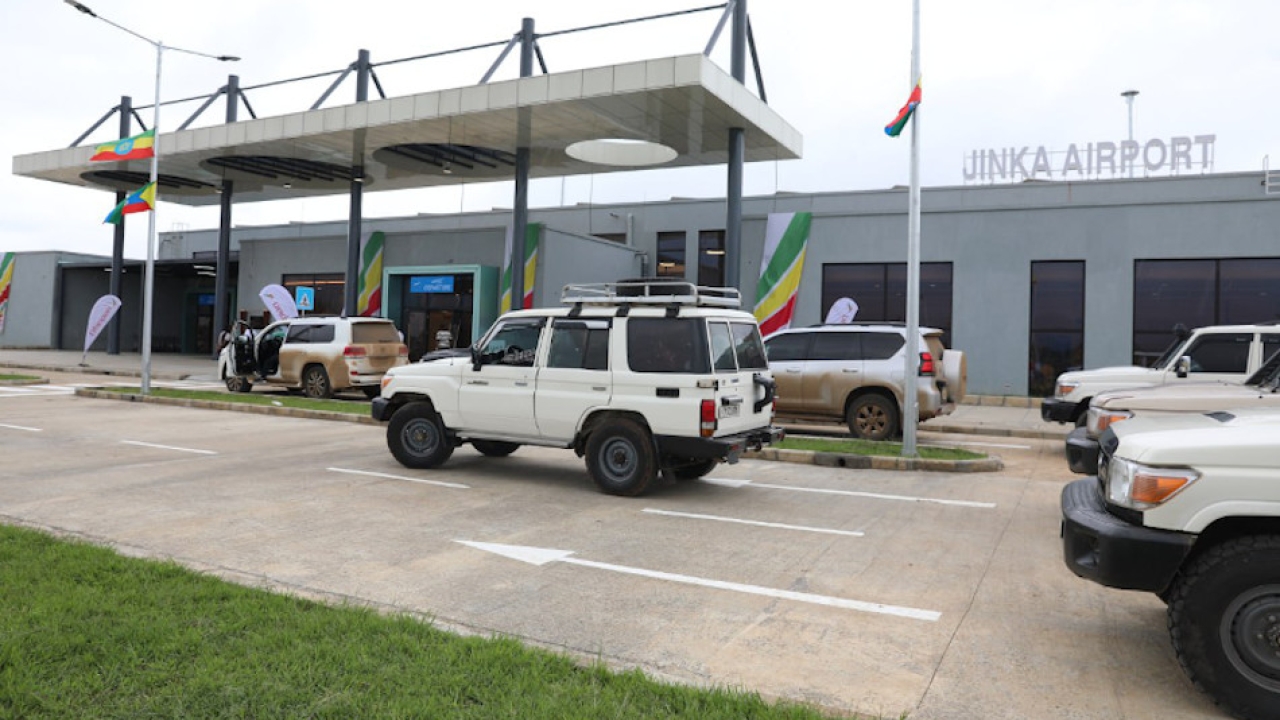Why it's new fun times at the airpark
Githae Mwaniki looks at the rise and rise of Kenya's Orly Airpark.

Kenya acts as the centre for aviation in east and central Africa, with general aviation based at Nairobi’s Wilson Airport serving more than 65 operators and supporting operations for more than 300 aircraft.
As such, Wilson is the second busiest airfield in Africa in terms of aircraft movement.
The growth of commercial operations with relatively larger aircraft has restricted space for light, sport and training aircraft.
The Kenya Airports Authority (KAA) mandate has compounded matters as the state agency focuses on serving commercial aircraft operations as opposed to general/private aviators.
This led to some members of the Aero Club of East Africa hitting on the idea of setting up an airfield within Nairobi where there will be less hustle, lower fees and no commercial operations – perfect conditions for the growth and development of sport and recreational aviation.
Orly Airfield was created after the former chairman of the aero club, the Late Harrow Trempenau, and Martin Ririani, director of Kenya School of Flying, began searching for a feasible private airfield to support recreational flying in a country club-type setting.
The site chosen was in Kajiado, 24km south of Wilson Airport, and outside the Nairobi control zone airspace, but accessible by tarmac road.
The 230 acres was acquired by Orly Airpark Ltd, the private company formed initially with 40 shareholders with the objective to own, develop and manage the private airfield.
The airfield’s approval process from various government agencies was long and challenging as it involved seeking green lights from the KCAA and the ministries of transport and interior due to the security consideration of a private airfield located near Wilson Airport.
The runway was built in 2003 as the airport was christened Orly Airpark by the shareholders, most of whom are active aviators flying light aircraft.
Orly Airpark currently has two usable runways – 10/28 measuring 1,100 metres and the grass runway 07/25 that runs for 750 metres but is only usable in dry weather.
The airfield has a fuel bowser for avgas for sale to members and non-members.
The management is now constructing phase III of the airpark, with 28 hangars measuring 360sqm to be sold to the aviation public.
Additional access roads and taxiways are being completed, with an additional five commercial hangars for lease to approved maintenance organisations.
The airfield is fully certified by KCAA’s aerodromes department with approved operation manuals. The approach and departing procedures use a mandatory transponder with the Nairobi radar contacted at 122.3MHz, with traffic advice on 118MHz, and no climb above Fl65 is allowed without the consent of Nairobi radar at Jomo Kenyatta International Airport.
Orly is approved for only private aviation operations, witnessed by increased light and kit-built aircraft operations.
Orly Airpark management offers complementary landing fees for one aircraft per shareholder, $1,000 annual fee and $5 for a single landing per aircraft for non-members.
The airfield is secured by an all-round electric fence and currently has nine houses, 21 hangars, an airport lounge and clubhouse with cottage room accommodation offered to members and non-members.
The board of Orly Airpark Ltd, which is elected by the shareholders, manages Orly Airpark. The board is currently led by Rob Linck with Jamie Walker as airport manager and Duncan Ochieng serving as operations manager.
Several airfield operational challenges have been overcome by zealous airfield users, including construction of a 2km access road, an internal road, a borehole with water distribution network and staff housing.
The airfield is also used by flight training aircraft, with Kenya School of Flying having heavily invested with a fully equipped hangar and staff housing.
The soon to be launched Recreational Airports Association of Kenya will be based at Orly as the airfield aims to be the home for sport aviation in Kenya.
Stay up to date
Subscribe to the free Times Aerospace newsletter and receive the latest content every week. We'll never share your email address.

